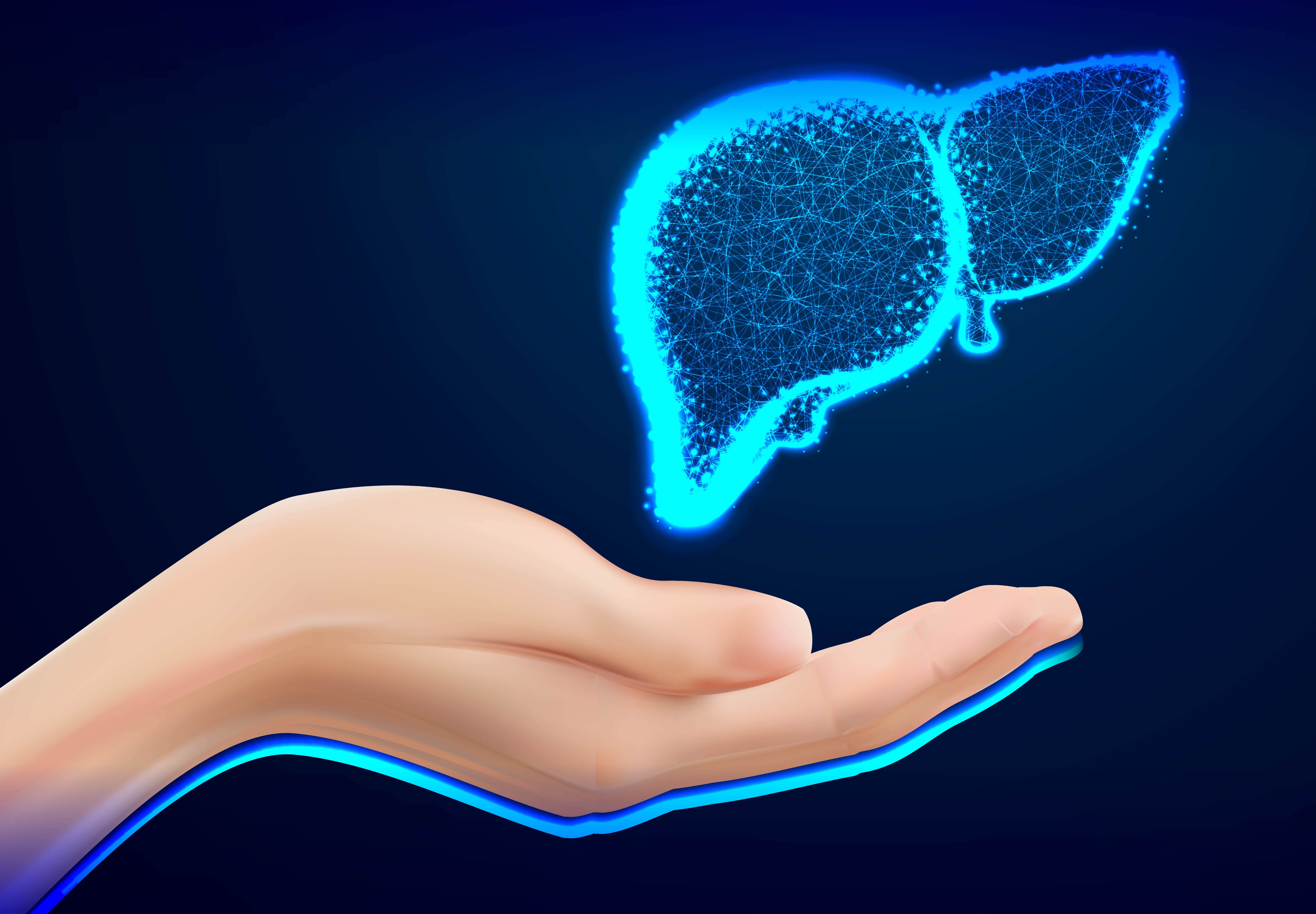Stages of pancreatic cancer
Planning the right course of treatment is made easier by being aware of pancreatic cancer's stages. Testing is used to detect cancer stages rather than specific symptoms.
Pancreatic cancer frequently develops without symptoms in the early stages; as a result, it is commonly discovered at more advanced stages, when the disease has already spread outside of the pancreas.
Pancreatic cancer is staged according to its size and the extent of its metastasis (spread). Pancreatic tumours may be staged depending on the outcomes of numerous tests and examinations.
Pancreatic cancer and its types
As cells in your pancreas mutate (alter) and proliferate out of control, a tumour is formed, which is how pancreatic cancer develops. Between your spine and your stomach, in your abdomen (belly), is an organ called the pancreas, which produces enzymes that aid in digestion and hormones that regulate blood sugar levels.
The pancreatic ducts are where the majority of pancreatic malignancies begin. Your pancreas and common bile duct are linked by the main pancreatic duct, also known as the Wirsung duct.
Imaging tests don't detect pancreatic cancers in their early stages, and many patients don't get a diagnosis until the cancer has spread because of this (metastasis). Also resistant to several commonly prescribed cancer medications, pancreatic cancer is notoriously challenging to cure.
Pancreatic tumours can be of two major types:
- Exocrine tumours: Exocrine tumours comprise more than 90% of all pancreatic cancers. Adenocarcinoma, the most prevalent type of pancreatic cancer, starts in the cells that line your organs.
- Neuroendocrine tumours: Neuroendocrine tumours (NETs) account for less than 10% of pancreatic tumours. Another name for a NET is islet cell cancer.
How many stages of pancreatic cancer are there?
Unlike other malignancies, pancreatic cancer is typically staged differently. The TNM method, which classifies tumours based on diagnostic tests and classifications made after surgery, is used to stage many cancers; however, because many patients with pancreatic cancer don't have surgery, the TNM system isn't as frequently utilised to stage these diseases.
Instead, based on how far they have travelled and whether they can be removed through surgery, pancreatic cancer tumours are typically divided into one of four types. These are the categories:
Stage 1 Pancreatic Cancer (Resectable - localised)
This particular malignancy hasn't left the pancreas or has only recently done so. Surgery can be used to eliminate resectable cancer. Depending on the size of the tumour, this stage is classified into the following two subcategories:
- 1A stage: The tumour is no more than 2 cm.
- 1B stage: More than 2 cm, but less than 4 cm, is the size of the tumour.
Usually, stage 1 pancreatic cancer doesn't show any signs at all. Surgery may be able to treat pancreatic cancer if it is found at this stage.
Stage 2 Pancreatic Cancer (Borderline resectable)
When this kind of pancreatic cancer is first discovered, the tumour could seem impossible to remove surgically. But, if the tumour's size can be reduced by radiation therapy or chemotherapy, surgery can still be possible. Depending on the location of the malignancy and the size of the tumour, this stage is classified into two subcategories:
- 2A stage: Although the tumour is above 4 cm in size, no lymph nodes or adjacent tissue have been affected.
- 2B stage: The tumour's spread has affected only three neighbouring lymph nodes.
The signs and symptoms of stage 2 pancreatic cancer can include:
- Urine colour change
- Jaundice
- Weight and appetite loss
- Fatigue
- Tenderness or pain in the upper abdomen
Treatment options include the following:
- Surgery
- Chemotherapy
- Radiation
- Targeted drug therapy
- Proton therapy
Your doctor may combine a few of these methods to help reduce the tumour and stop any metastases.
Stage 3 Pancreatic Cancer
Stage 3 pancreatic cancer symptoms may include:
- Back pain
- Tenderness or pain in the upper abdomen
- Weight and appetite loss
- Fatigue
- Depression
Although stage 3 pancreatic cancer is tough to treat, some treatments can lessen symptoms and prevent cancer from spreading. The treatment options may consist of:
- Surgical removal of the affected portion
- Radiation therapy
- Anticancer drugs
Stage 4 Pancreatic Cancer (Metastatic)
Beyond the pancreas, metastatic cancer has migrated to distant parts of the body, including the liver, abdomen, or lungs. Because pancreatic cancer rarely causes symptoms until it has progressed to other places, it is frequently discovered at this late stage
At this point, you can encounter the following symptoms:
- Back and upper abdomen pain
- Jaundice
- Fatigue
- Weight and appetite loss
- Depression
Treatments can ease symptoms and stop complications from stage 4 pancreatic cancer, which cannot be cured.
How long does it take for pancreatic cancer to be discovered?
Pancreatic cancer has no obvious warning symptoms in the early stages. Some patients experience nebulous symptoms for up to a year before being diagnosed.
Back or stomach aches are frequently reported as the earliest pancreatic cancer symptoms. These sensations may come and go initially, but they can deteriorate when you lie down or after meals. The liver, peritoneum (the lining of your abdomen), and lungs are the next organs where pancreatic cancer tends to metastasise (spread).
At the time of diagnosis, most pancreatic malignancies have already spread outside the pancreas, leading to the last stages of pancreatic cancer.
How quickly does Pancreatic cancer progress?
Early detection of pancreatic tumours appears challenging because most pancreatic malignancies develop quickly.
Conclusion
The stage or extent of pancreatic cancer determines the optimal course of treatment. The pancreatic cancer phases are simple to comprehend, and trying to stage pancreatic cancer without resorting to significant surgery is challenging. In actual practice, doctors decide which pancreatic cancer treatments to be used based on imaging tests, surgery results, and a patient's overall health.

Copyright © 2023 Apollo Proton Cancer Centre. All Rights Reserved





